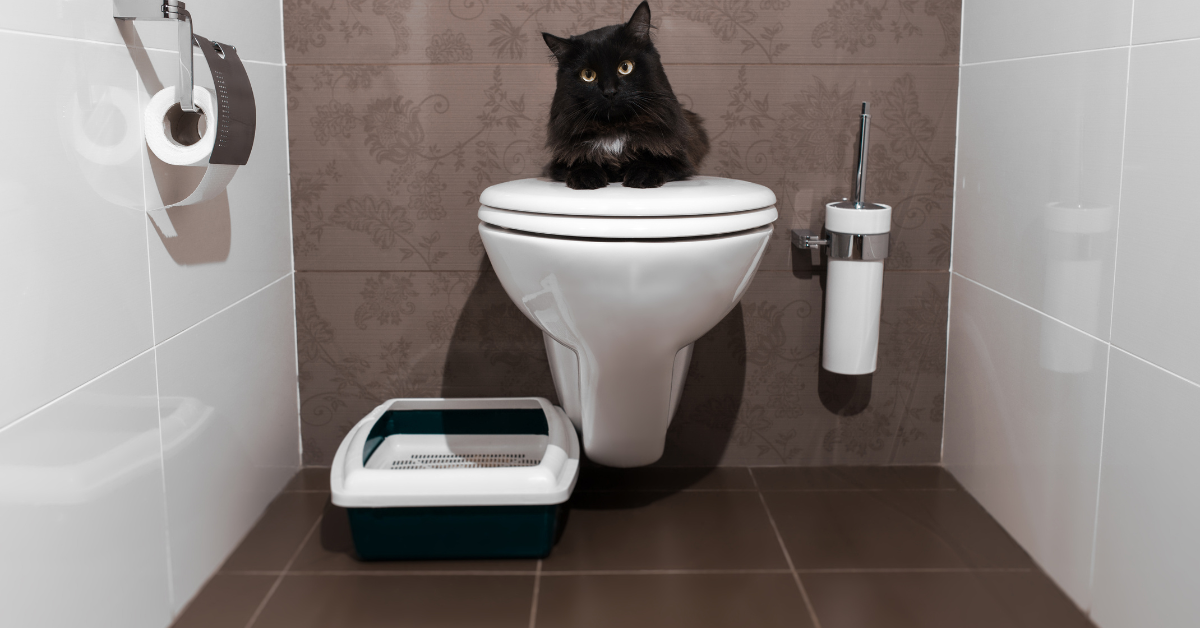Our Perils of Animal Waste in the Toilet
Our Perils of Animal Waste in the Toilet
Blog Article
What're your ideas on 4 Reasons Why Dog Poop Cleanup is Important?

When it involves getting rid of waste, particularly animal waste, many individuals frequently consider the practical option of flushing it down the toilet. However, this relatively easy solution can have serious effects for the setting and public health. In this write-up, we'll discover why flushing pet waste down the commode is a poor idea and offer alternative approaches for appropriate disposal.
Intro
Correct waste disposal is critical for preserving environmental sustainability and public health. While it might seem safe to purge animal waste down the commode, it can cause various concerns, both for the atmosphere and human wellness.
Threats of flushing pet waste
Environmental impact
Purging pet waste introduces dangerous bacteria and microorganisms into rivers, which can adversely impact aquatic communities. These pathogens can pollute water resources and injury aquatic life, disrupting delicate environments.
Public health problems
Pet waste consists of dangerous germs such as E. coli and Salmonella, which can present major health and wellness dangers to human beings. Purging pet waste down the commode can contaminate water products, leading to the spread of conditions and infections.
Alternatives to flushing
Instead of purging pet waste down the bathroom, there are several different disposal techniques that are more environmentally friendly and hygienic.
Composting
Composting animal waste is an eco-friendly method to throw away it. By composting, raw material is broken down right into nutrient-rich dirt, which can be utilized to fertilize yards here and plants.
Landfill disposal
Disposing of animal waste in a garbage dump is an additional choice. While not as eco-friendly as composting, it is a much safer alternative to flushing, as it protects against the contamination of water resources.
Pet dog garbage disposal systems
There are specialized animal garbage disposal systems available that safely and hygienically dispose of pet waste. These systems commonly utilize enzymes to break down waste and get rid of smells.
Actions to proper pet garbage disposal
To make certain correct disposal of pet waste, follow these steps:
Scooping and getting waste
On a regular basis scoop and bag animal waste utilizing naturally degradable bags. This protects against waste from contaminating the setting.
Using assigned waste bins
Dispose of bagged animal waste in designated waste containers, such as compost bins or garbage dump bins. Stay clear of flushing it down the commode in all costs.
Cleaning up litter boxes and pet locations regularly
On a regular basis tidy can and pet locations to prevent the accumulation of waste and microorganisms. Use pet-safe cleaning items to keep hygiene.
Benefits of correct disposal methods
Embracing proper disposal methods for pet waste uses numerous benefits:
Minimized environmental pollution
Correct disposal approaches reduce the risk of environmental pollution, securing waterways and communities from contamination
Reduced threat of water contamination.
By avoiding flushing animal waste down the toilet, the danger of water contamination is considerably reduced, protecting public health.
Enhanced cleanliness and hygiene
Correct disposal techniques advertise much better hygiene and hygiene, producing a safer atmosphere for both human beings and animals.
Conclusion
In conclusion, flushing pet waste down the bathroom is hazardous to the setting and public health. By embracing alternative disposal approaches and following appropriate waste administration practices, we can minimize the unfavorable impact of animal waste and add to a cleaner, much healthier planet.
What To Do With Dog Poo – The Do's And Don'ts Of Disposing Of Faeces
Dog poo bins
Some councils provide dedicated dog waste bins in popular dog-walking areas that can take dog poo that has been bagged but you can legally dispose of dog waste in any public litter bin, as long as it is securely bagged. This also applies to your wheelie bin at home.
Do not flush
Water companies do not recommend flushing dog faeces down the toilet because certain parasites can survive the water processing treatment and are potentially harmful to humans. You should also never consider flushing dog poo that has been bagged down the toilet as the bags will not break down and instead create severe blockages in the sewage system.
In the woods
The Forestry Commission promotes a ‘stick and flick’ method for dealing with waste in the woods. This means finding a stick and using it to flick any poo from off the path so that it is out of the way of other walkers. You could also bury it as long as it is not in an area where there might be livestock.
Livestock
Parasites found in dog poo can be transmitted to livestock if they inadvertently eat infected faeces that has been left on grazing land. This could result in the death of sheep or abortion in cattle so you should always make sure you pick up your dog’s waste in fields where livestock could be present.

On a regular basis tidy can and pet locations to prevent the accumulation of waste and microorganisms. Use pet-safe cleaning items to keep hygiene.
Benefits of correct disposal methods
Embracing proper disposal methods for pet waste uses numerous benefits:
Minimized environmental pollution
Correct disposal approaches reduce the risk of environmental pollution, securing waterways and communities from contamination
Reduced threat of water contamination.
By avoiding flushing animal waste down the toilet, the danger of water contamination is considerably reduced, protecting public health.
Enhanced cleanliness and hygiene
Correct disposal techniques advertise much better hygiene and hygiene, producing a safer atmosphere for both human beings and animals.
Conclusion
In conclusion, flushing pet waste down the bathroom is hazardous to the setting and public health. By embracing alternative disposal approaches and following appropriate waste administration practices, we can minimize the unfavorable impact of animal waste and add to a cleaner, much healthier planet.
What To Do With Dog Poo – The Do's And Don'ts Of Disposing Of Faeces
Dog poo bins
Some councils provide dedicated dog waste bins in popular dog-walking areas that can take dog poo that has been bagged but you can legally dispose of dog waste in any public litter bin, as long as it is securely bagged. This also applies to your wheelie bin at home.
Do not flush
Water companies do not recommend flushing dog faeces down the toilet because certain parasites can survive the water processing treatment and are potentially harmful to humans. You should also never consider flushing dog poo that has been bagged down the toilet as the bags will not break down and instead create severe blockages in the sewage system.
In the woods
The Forestry Commission promotes a ‘stick and flick’ method for dealing with waste in the woods. This means finding a stick and using it to flick any poo from off the path so that it is out of the way of other walkers. You could also bury it as long as it is not in an area where there might be livestock.
Livestock
Parasites found in dog poo can be transmitted to livestock if they inadvertently eat infected faeces that has been left on grazing land. This could result in the death of sheep or abortion in cattle so you should always make sure you pick up your dog’s waste in fields where livestock could be present.

I hope you liked our section about 10 Things You Should Never Flush Down The Toilet. Thank you so much for spending some time to browse our piece. In case you appreciated our post plz be sure to pass it around. Thank-you for your time invested reading it.
Services Report this page